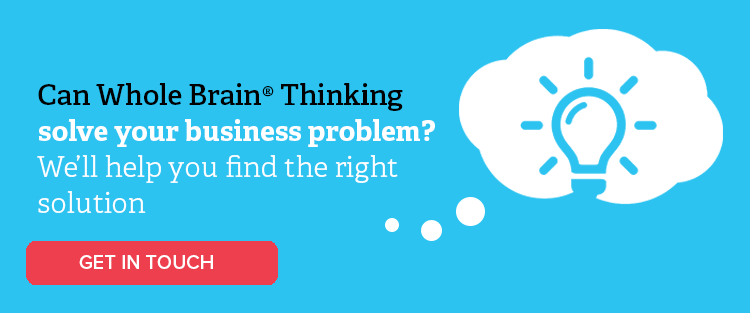Why workplace wellbeing is so important
The average person spends 90,000 hours at work over their lifetime. So it’s easy to understand why a toxic, stressful or unsatisfying workplace can have such a significant impact on health, not just physically, but mentally and emotionally as well. As more and more organisations recognise the importance of workplace wellbeing, the concept of workplace health and safety has expanded to include wellness initiatives that address detriments to wellbeing, such as those related to stress, sleep and social relationships.
The design of these workplace wellbeing programs vary widely, but often include stress reduction and emotional and physical wellbeing initiatives, such as mindfulness training courses, meditation rooms, stress management workshops and nutrition education.
But it could be argued that efforts like these, while valuable, often put the onus of stress management on the worker, rather than addressing the underlying causes of the stress. Activities like mindfulness fail to address why employees are stressed in the first place.
Why a one-size-fits-all wellbeing program won’t work
That’s where a Whole Brain® approach to wellness might provide value. By viewing wellness through a Whole Brain® lens, we can recognise that wellness for one person might look entirely different to wellness for another person. One wellness program for a diverse group of workers with different emotional needs simply won’t work.
That’s because our thinking preferences shape our perception of wellbeing. A person who prefers relational thinking may need meaningful conversations and emotional connection with colleagues to feel satisfied at work. On the other hand, if you’re an introvert, activities that require a lot of social interaction could simply cause more stress. For a person who prefers analytical mental processes, their wellbeing at work may depend on having the tools and information they need to feel comfortable, whereas big-picture Experimental thinkers could feel their creativity is stifled with too many processes in place.
Taking a Whole Brain® approach to workplace wellness
By using the Whole Brain® Model, we can identify what different employees need to feel satisfied and happy at work. It enables the development of a more holistic wellness program that addresses the needs of all workers, no matter how diverse they are.
The Whole Brain® framework also gives individuals an insight into their own wellness needs. Using the Whole Brain® framework, employees can develop a better understanding of how they deal with pressure and stress.
In 2018, Hermann hosted a Wellness and Whole Brain® Thinking Seminar. The session gave attendees the tools to understand their own wellness needs, helping them to explore how they could be happier in both their professional and personal lives. During the event, the attendees were asked to think about areas of stress in their lives. They worked through these issues by looking at them through the lens of each Whole Brain® quadrant. They asked themselves:
- What is currently stressing you? (Blue)
- How do you feel about it? (Red)
- What outcome would you like? (Yellow)
- What actions do you need to take to achieve this? (Green)
The exercise was a working example of how to take a more holistic approach to deal with stress, providing actionable steps to address the attendees’ problems and discover what they needed to satisfy their wellness needs.
The key takeaway from the seminar was just how different everyone’s needs were. The solution lies in understanding that a diverse group of people have diverse wellness needs, and a more holistic and inclusive approach to wellbeing will help your entire team feel more happy and satisfied at work.
How to incorporate Whole Brain® Thinking into your workplace wellbeing approach
Interested in learning more about Whole Brain® Thinking? Get in touch with Herrmann.


